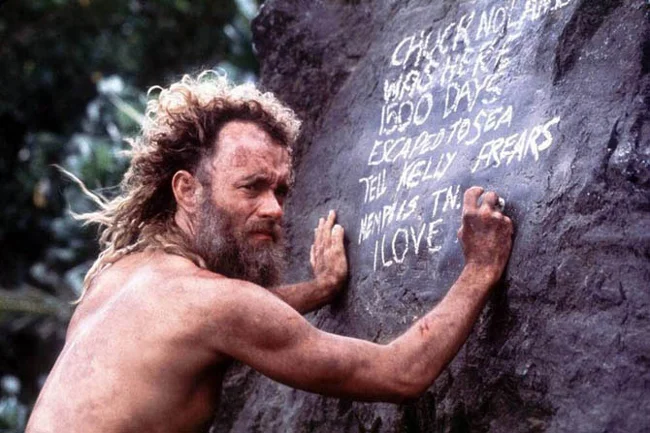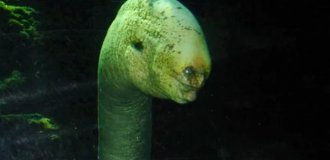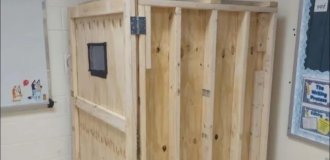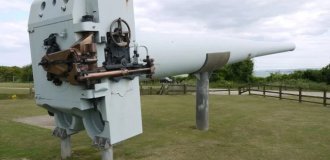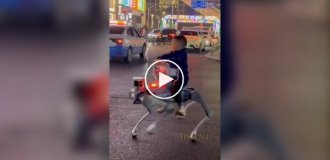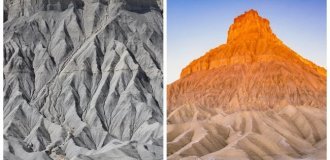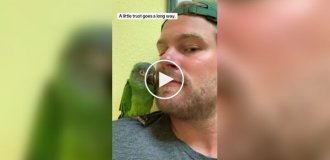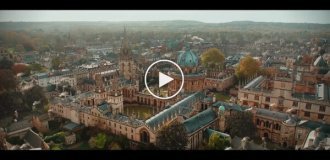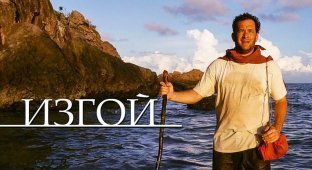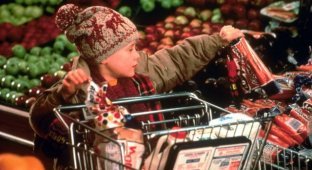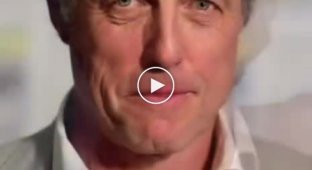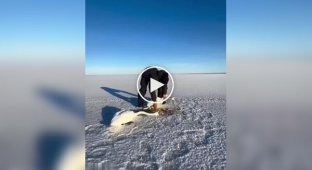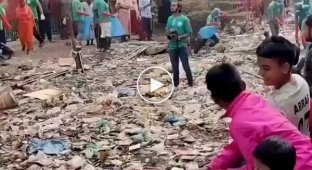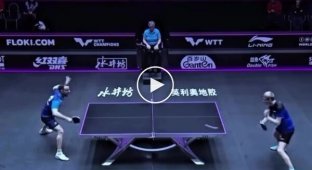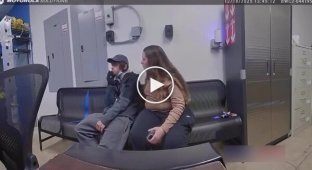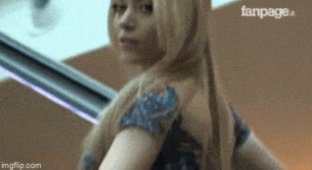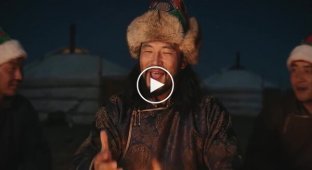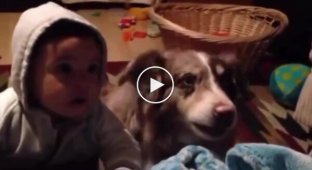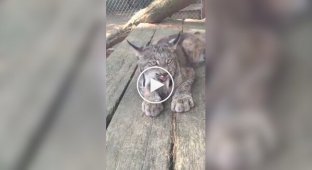25 years of the film "Cast Away" - how the deleted ending changed the entire film (4 photos)
In 2000, the legendary film "Cast Away" by director Robert Zemeckis with Tom Hanks in the lead role was released. The film was a success, with a budget of $90,000,000, the box office receipts amounted to $429,600,000 and it received 8 nominations for prestigious film awards. 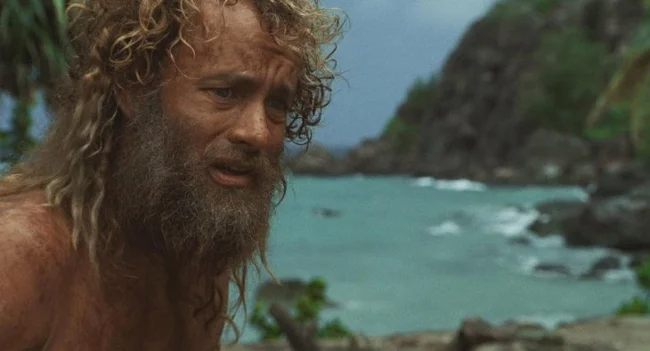
The story of systems analyst Chuck Noland, who found himself on an uninhabited island as a result of a plane crash and survived in primitive conditions for four long years, is actually very dramatic and leaves few people indifferent. Modern man, spoiled by technical benefits, accustomed to the fact that food comes from the refrigerator and water from the tap, found himself alone with wild nature with all its unfriendliness and power, but, what is even more terrible - he found himself alone with himself.
The idea to make a film about a postal company employee who ended up on a desert island came to Tom Hanks. Once he read an article about FedEx and imagined that the company's planes fly three times a day across the Pacific Ocean. What would happen if one of them crashed? What would a person have to endure if he were left without the five necessary components of normal life - food, water, shelter, fire and communication. He approached Robert Zemeckis with this idea. 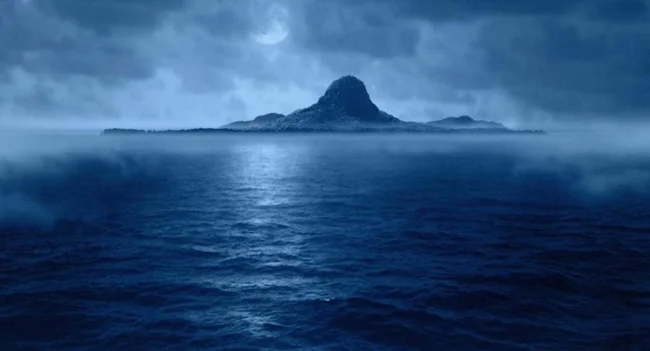
Zemeckis liked the idea. He commissioned William Broyles Jr. (The Polar Express, Apollo 13, Planet of the Apes) to write the script, and to make the task easier, he sent Broyles to a small uninhabited island in the tropics for two weeks so that he could better experience all the delights of life. While the script was being written, Hanks became addicted to fast food in order to gain 23 kilograms of weight for the image of a prosperous official from FedEx.
The film was shot on a small island just a kilometer long in Fiji. After filming the first part, Zemeckis announced a year-long break so that Hanks could grow long hair and bro and lose the 23 kilograms of weight he had gained so that he could portray Noland, who had lost weight over four years, with a clear conscience. During the break, he shot the thriller What Lies Beneath starring Harrison Ford and Michelle Pfeiffer, and then returned to filming Cast Away.
To prepare for the sequel, Tom Hanks gave up wearing hats so that his hair would naturally bleach.
All the night scenes, except for the campfire burning in the darkness, were filmed during the day and processed in post-production.
FedEx is a real US postal company founded in 1971. Despite the fact that the film shows a plane crash, the company's management agreed to use the name in the film, although the management was concerned about such a scenario. Contrary to rumors, the company did not pay a cent for its logo to flash on screen many times. After the release of the film, the company's shares rose by 30%.
Wilson, the volleyball Noland talks to, was played by three Wilson balls. After filming, one of them was auctioned off for $18,400. 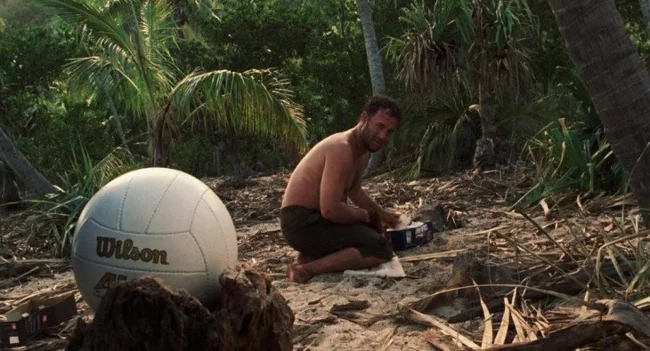
The flight number of the crashed FedEx 88 plane at the time of filming was real. It was flying between Memphis and Penang, Malaysia, with several stops.
FedEx founder and owner Frederick Smith plays himself in the film.
In the first version of the script, Noland had a split personality during his life on the island, into "bad" Chuck and "good" Chuck.
The main character's name in English is written as Chuck Noland, abbreviated as C. Noland - Si Noland, "Si No Land" - literally "I don't see the land".
Of course, many were interested in whether the film was based on real events and who became the prototype of Noland. Articles about certain prototypes, who, as the authors assured, lived on an uninhabited island for several years, appeared on the Internet every now and then. But in fact, this whole story is fictional from beginning to end.
The original version of the film had a different ending, which turned its whole meaning upside down. In the classic version, Tom takes the package to the ranch. The film ends with shots from which it is clear that Noland understands that fate has brought him together with the woman for whom the package was intended, and, apparently, he is going to go to her ranch. This ending was filmed instead of the cut one, which gave the film a completely different and more philosophical meaning. This package was the only one that Noland decided not to open while living on the island. When he delivers it to the addressee, the recipient opens it - it turns out that all this time there was a satellite phone with a charged battery in it. If Noland had opened the package right away, he would have called his loved ones and they would have saved him right away. 